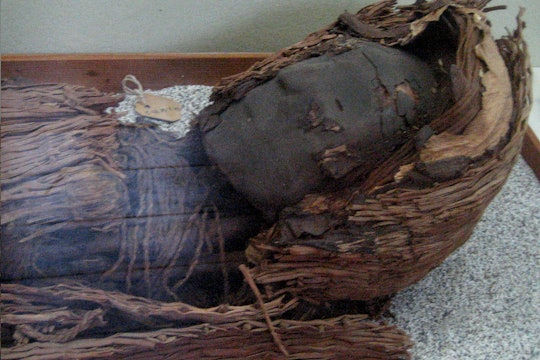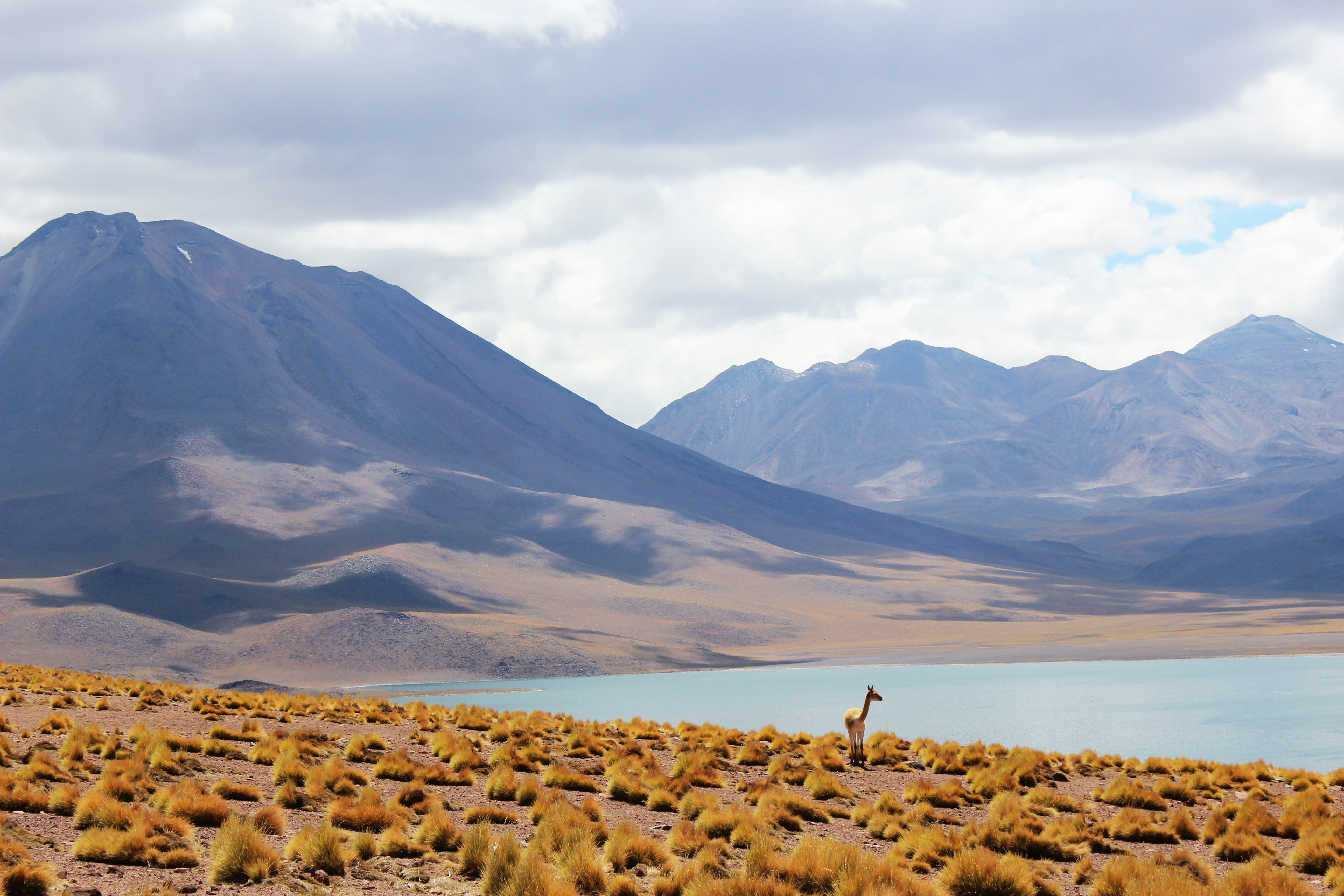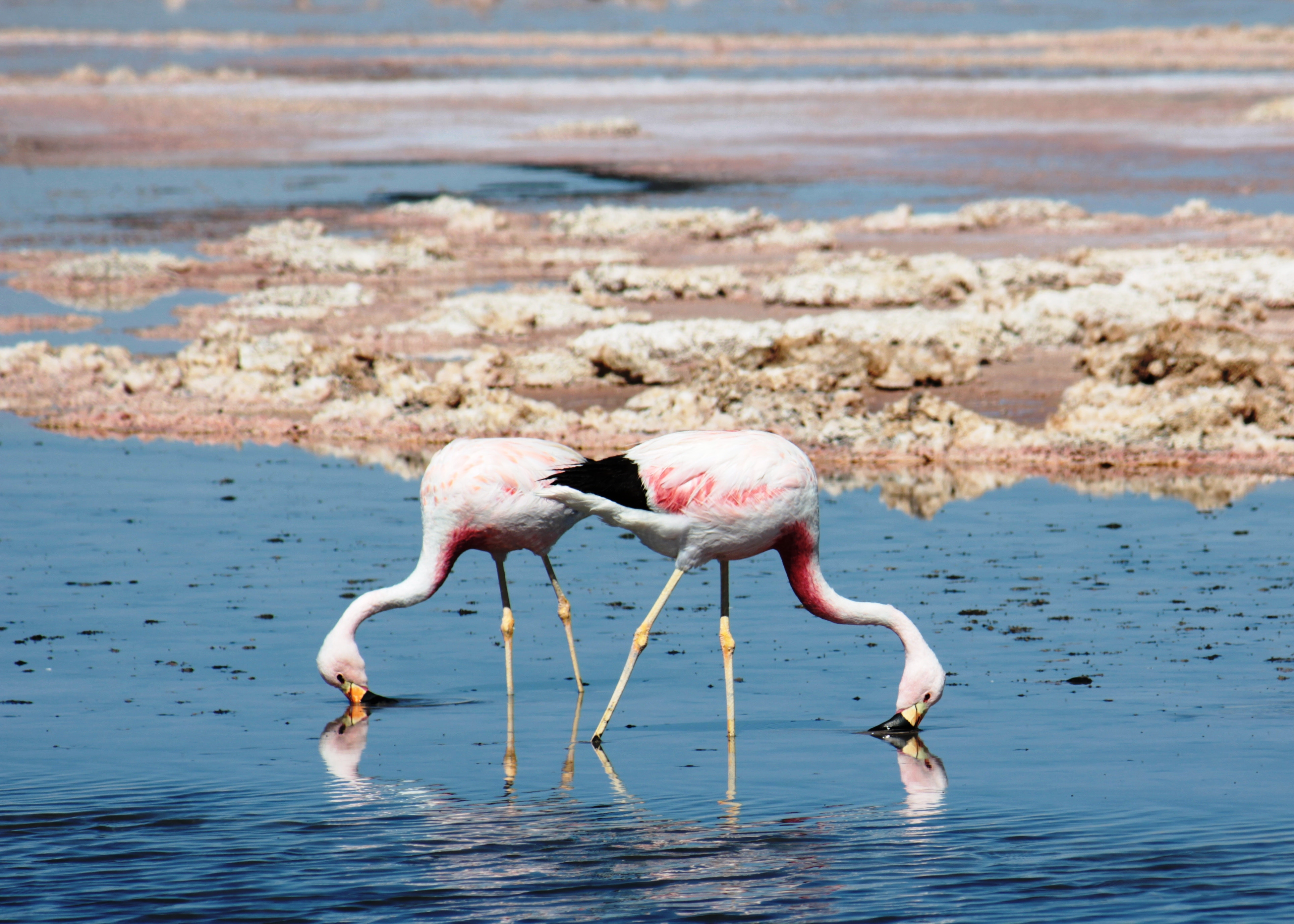
Pablo Trincado via Flickr
Humans in South America evolved to live with arsenic poisoning
The toxic environment offers clues to ancient mummies and human evolution
Human history is a story of migration. From the first time our hominin ancestors left Africa around 1.8 million years ago, to the numerous subsequent waves of migration both out of that continent and back that we're still discovering, humans have been on the go. That migration would've been biologically impossible for us without abundant sources of fresh water, especially in hot, dry environments like deserts.
Modern humans made it to the Atacama Desert in South America between 10,000 to 13,000 years ago and settled around water sources. To these ancient people, finding fresh water in one of the driest places on Earth made life there possible, but they had no way of knowing that death was also lurking in those waters in the form of dissolved arsenic.
A recent study by an international team of chemists and anthropologists, led by Chilean bioarchaeologist Bernardo Arriaza, examined how these past populations coped with this environmental hazard, starting a conversation about the "archaeology of the invisible." Their study, published in the September/October issue of Evolutionary Anthropology, brought together data on Chilean mummies, the geochemistry of the Atacama, and the genetics of modern Atacama populations to try to better understand possible biocultural adaptations to chronic arsenic contamination.
Arriaza and his colleagues described how, in becoming the most widespread species on the planet, ancient peoples encountered all kinds of extreme environments and unseen hazards over the millennia. In the Atacama, this meant dealing with arsenic contamination in their river water, from the time they arrived there thousands of years ago.

Los Flamencos National Reserve in the Atacama Desert
Paula Porto via Unsplash
The surface and groundwater in the Atacama often contain arsenic levels 10 to 100 times above what the World Health Organization (WHO) considers safe, the legacy of long-term volcanism in the Andes Mountains. These ancient people wouldn’t have known their water contained a “silent killer,” but they would have felt its effects, including cancer, skin lesions, and stillbirth from long-term exposure, and it drove natural selection in those populations. It's a classic story of human adaptation to extreme environments that continues to affect people in the area today — some modern populations there carry a genetic variant that enables them to metabolize arsenic more efficiently, preventing arsenic poisoning. It's a case of positive selection in recent human evolution, with those lucky enough to carry the genetic variant being able to produce more surviving children, who in turn pass on that adaptation.
But while we can see now, from genetic research that Arriaza and his colleagues reviewed, that natural selection provided a longer-term way for the peoples of the Atacama to cope with chronic environmental arsenic contamination, understanding how they would've coped with this unseen threat in their daily lives some 10,000 years ago is an open question.
Arriaza suggested in previous research that the development of complex mummification practices — which initially included defleshing, the rebuilding of the body with clay and sticks, and the painting of a completed mummy with manganese to produce a shiny, black finish — in the area was a response to the effects of arsenic poisoning on pregnant women and their unborn children. The region's oldest anthropogenic mummies, made by the Chinchorro people, are found in the Camarones Valley, which also has some of the highest levels of arsenic in its waters, still known to cause high rates of miscarriage and stillbirth today. He thinks that this social practice might have grown out of a need to grieve for these potential victims of arsenic poisoning, leaving behind a visible archaeological response to an invisible hostile environmental force.

Flamingos in the Atacama taking their lives into their own hands.
Thomas Griggs via Unsplash
In a larger context, this research presents an interesting case study in bioarchaeology and makes the argument that archaeologists need to consider the hazards of particular environments to better understand the health and histories of past populations. Generally, the challenge in this field is reconstructing the lives of past populations via their remains, and it can be difficult to link visible effects or pathologies to underlying causes. In the skeleton, many diseases can leave similar traces. Having mummies from the Atacama, an environment with a particular known hazard, with preserved soft tissue gives bioarchaeologists a better shot at linking cause and effect — and in later Inca period mummies from this region, tissues have also tested positive for high levels of arsenic. The scientists are now hoping to test these mummies for the arsenic-protective gene variant seen in some modern populations, to see when it first appeared and how quickly it spread.
Today, arsenic contamination remains an issue in the Atacama and many other places around the world. While we've advanced in our ability to detect it and other unseen hazards in the environment, dealing with them is still a challenge. People living in this desert region today still need water and they can't alter the geology of the area. But in the past, this kind of invisible menace would've been unknowable — people would've only been able to see its effects. Understanding how past populations coped with these sorts of invisible hazards might help us better learn to manage them today or point us in the direction of other unique human adaptations to extreme or hostile environments.


I understand that Arriaza and team looked at contemporary populations to understand how their genetic adaptation to chronic arsenic exposure may have evolved, and that the existence of mummified humans might be a great resource for further analysis, but I don’t get the connection with mummification as “… a response to the effects of arsenic poisoning on pregnant women and their unborn children.” How would complex mummification practices support a community’s adaptation to a persistent environmental threat?